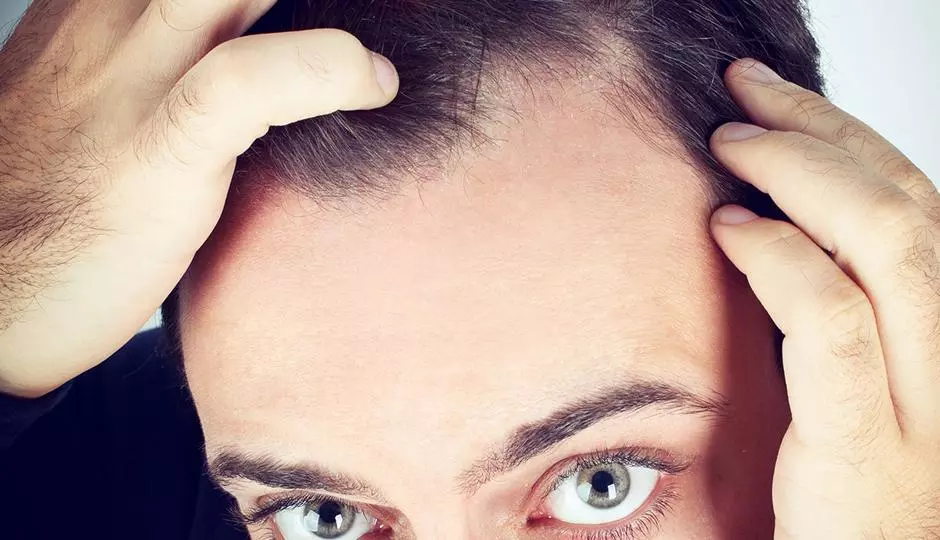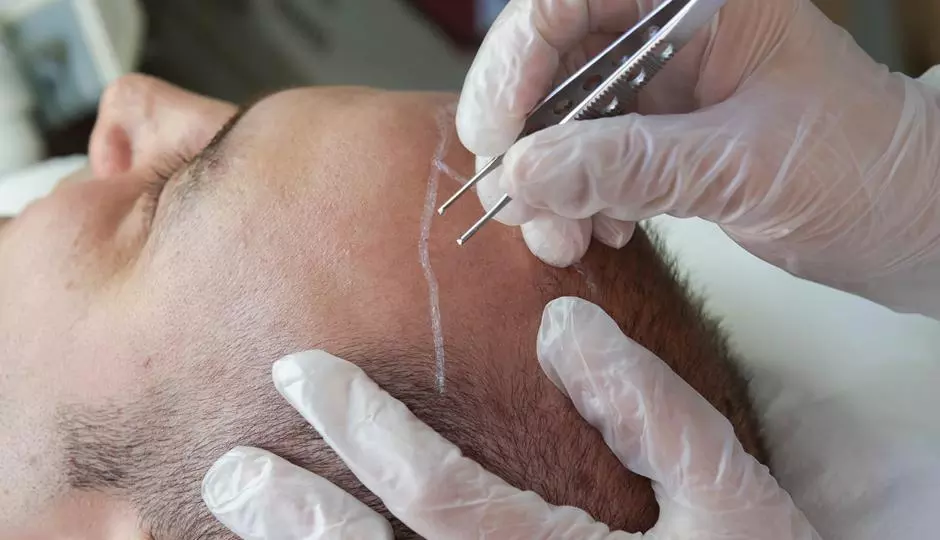A hair transplant surgery removes healthy hair follicles from the area of the scalp that is untouched by androgenic alopecia, on the back and lower sides of the head, and transplants the follicles to the affected areas. Although the two methods of transplant surgery, follicular unit extraction (FUE) and follicular unit transplantation (FUT), have both pros and cons, here are a few common questions asked by patients that apply to each method.
When Will My Hair Grow In?
Typically, it will take a minimum of three to four months to begin seeing hair regrowth in the transplanted areas. However, there are cases where growth takes longer, but you can expect to see the full result within nine months to one year. Some women may have to wait longer to see the full results. The regrowth process can be sped up with the use of Hair Follicle Regeneration at the time of surgery and low level laser treatment (LLLT) and Rogaine afterwards. Depending on a patient’s specific situation, Dr. Gray recommends Rogaine to help stabilize the existing hair and prevent further hair loss.
Will My Hair Fall Out After Hair Transplant Surgery?
Yes, the transplanted hair will shed within a few weeks of surgery and then begin to regrow. Furthermore, the existing vellus hair in the area where the transplant occurred is at risk of falling out due to shock loss (response to the trauma of surgery). Shock loss is especially common in women, which is why, at the Hair Transplant and Restoration Center, we attempt to limit the number of transplanted follicles during any one transplant to 1,000-1,200. Dr. Gray often recommends using Rogaine several months before the transplant to stabilize the vellus hair and lessen the shock loss.
What Type Of Scarring Occurs?
Every wound on the human body heals with a scar, and the same is true with hair transplant surgery. Depending on the method of hair transplantation, FUE or FUT, the scarring will differ. In FUE, the hair follicles are harvested individually through very small punches that don’t require suturing, and the wounds heal quickly with almost imperceptible scarring.
In FUT, the wound from where a strip of scalp was taken is usually about a centimeter wide and closed with a double suture layer. The double layer helps decrease the tension on the suture line which helps prevent the scar from worsening. Trichophytic closure can also be employed with FUT, allowing hair to regrow through the scar, thus disguising it.
ACell, an FDA-approved cell regeneration product, is used at the Hair Transplant and Restoration Center in both techniques to lessen scarring and improve wound healing.
Consultation
If you are interested in learning more about hair transplant surgery, and would like to determine if you are a candidate for FUE or FUT, please contact Dr. Gray at the Hair Transplant and Restoration Center to schedule a consultation. He is happy to answer all of your questions and will partner with you to find the best treatment approach for hair loss.






